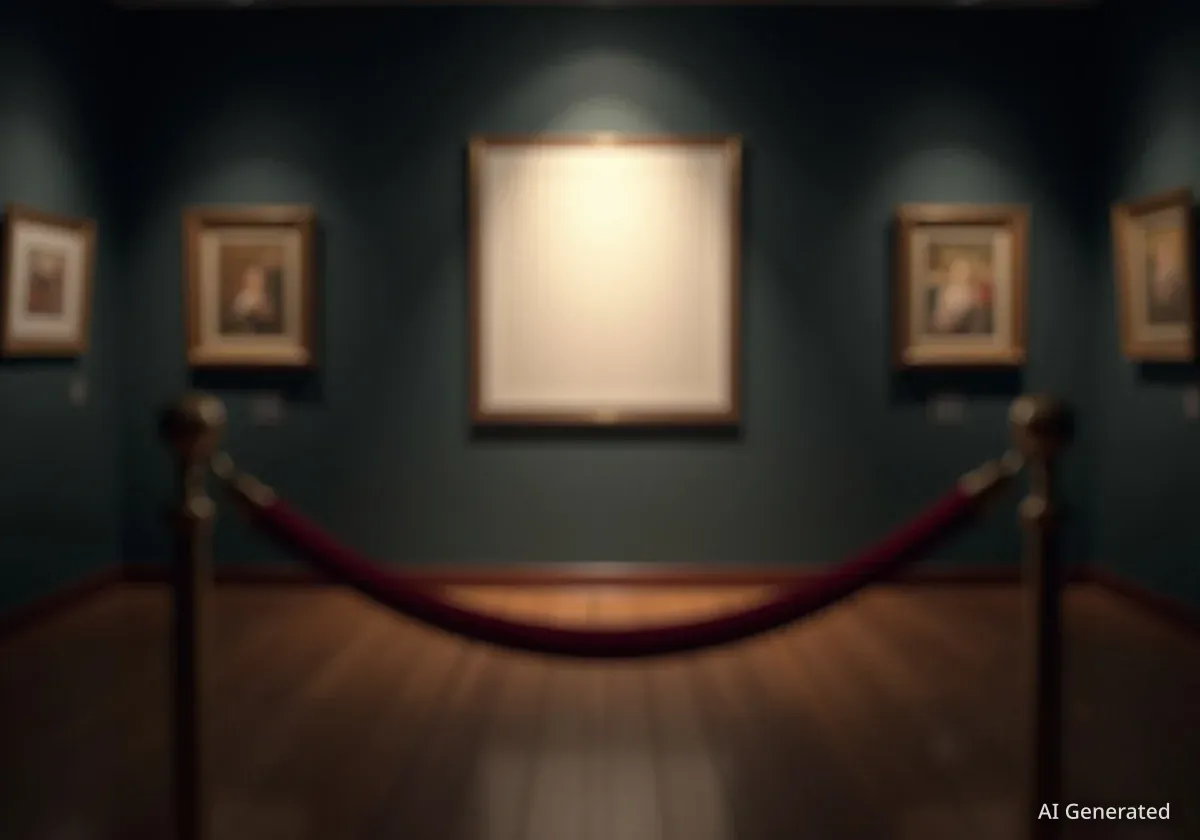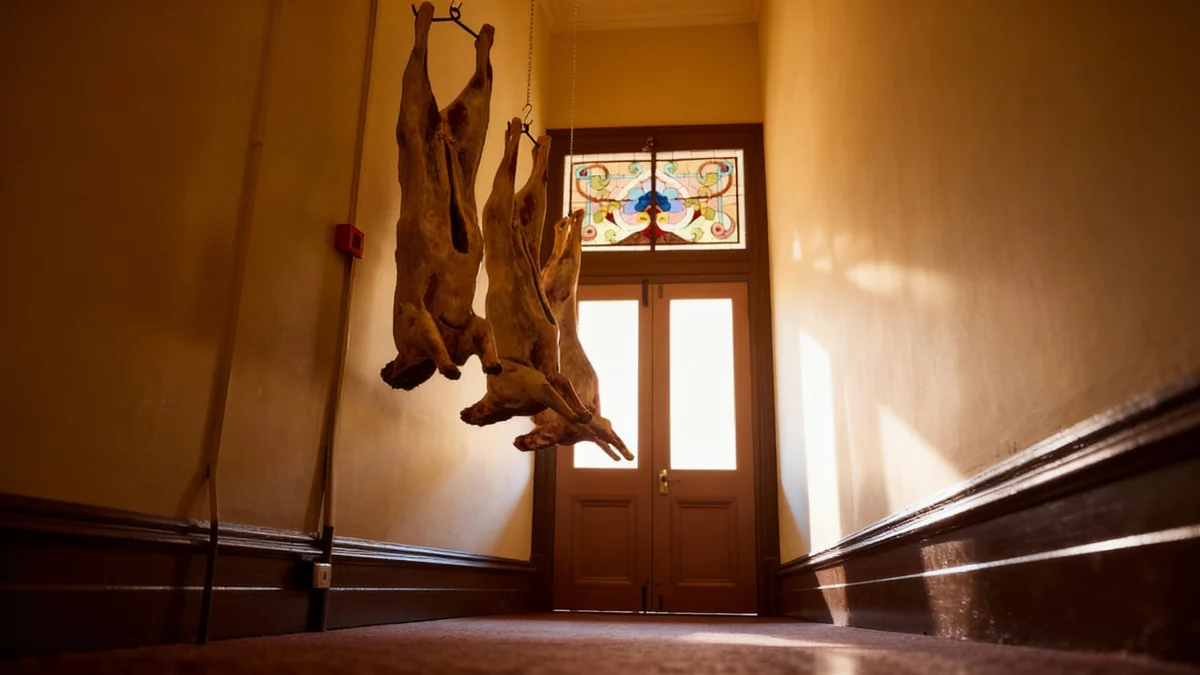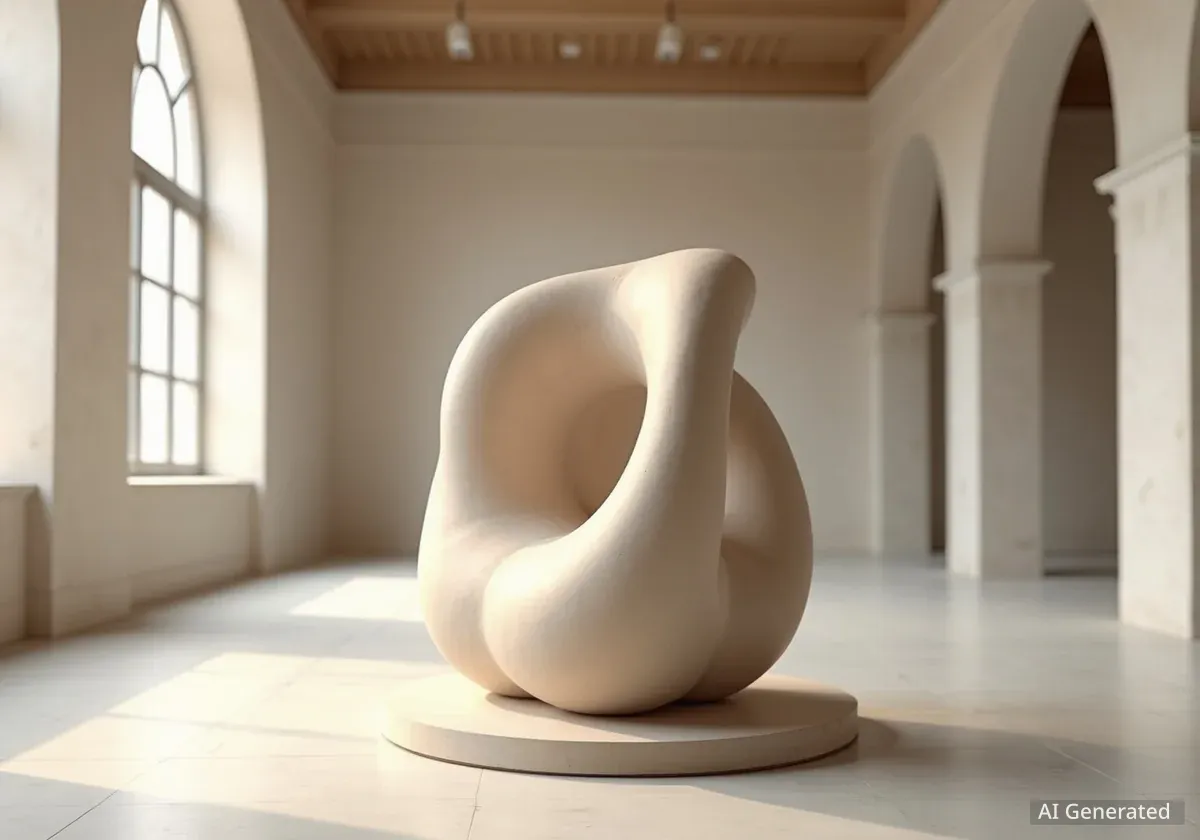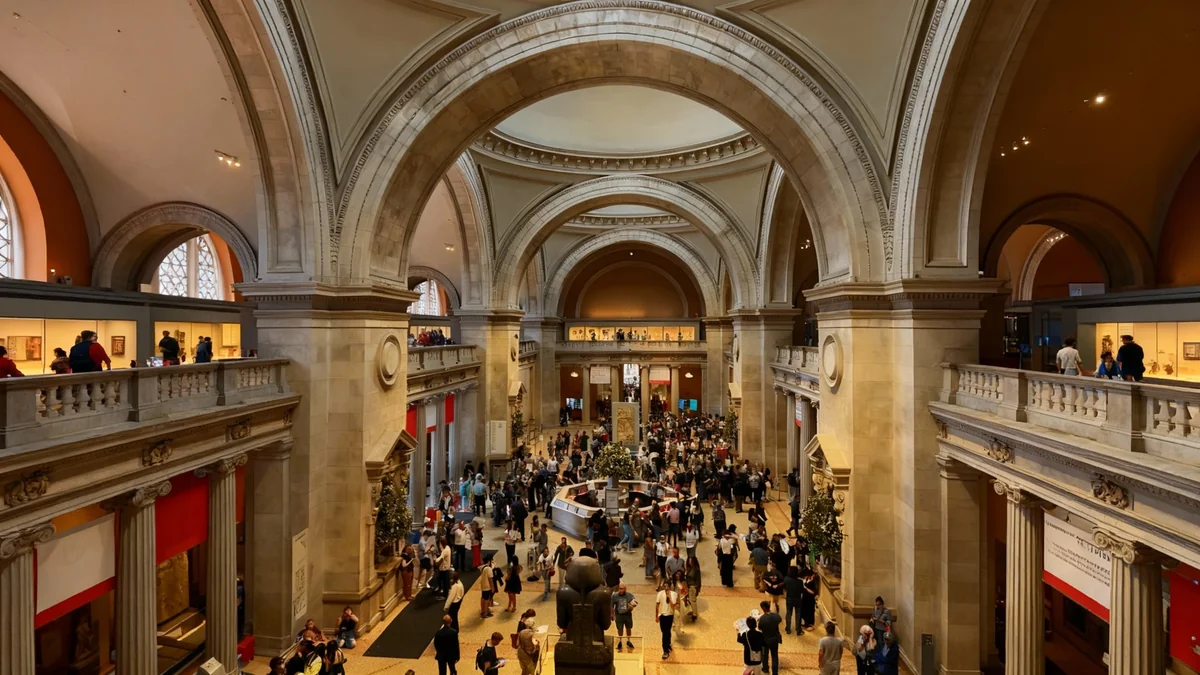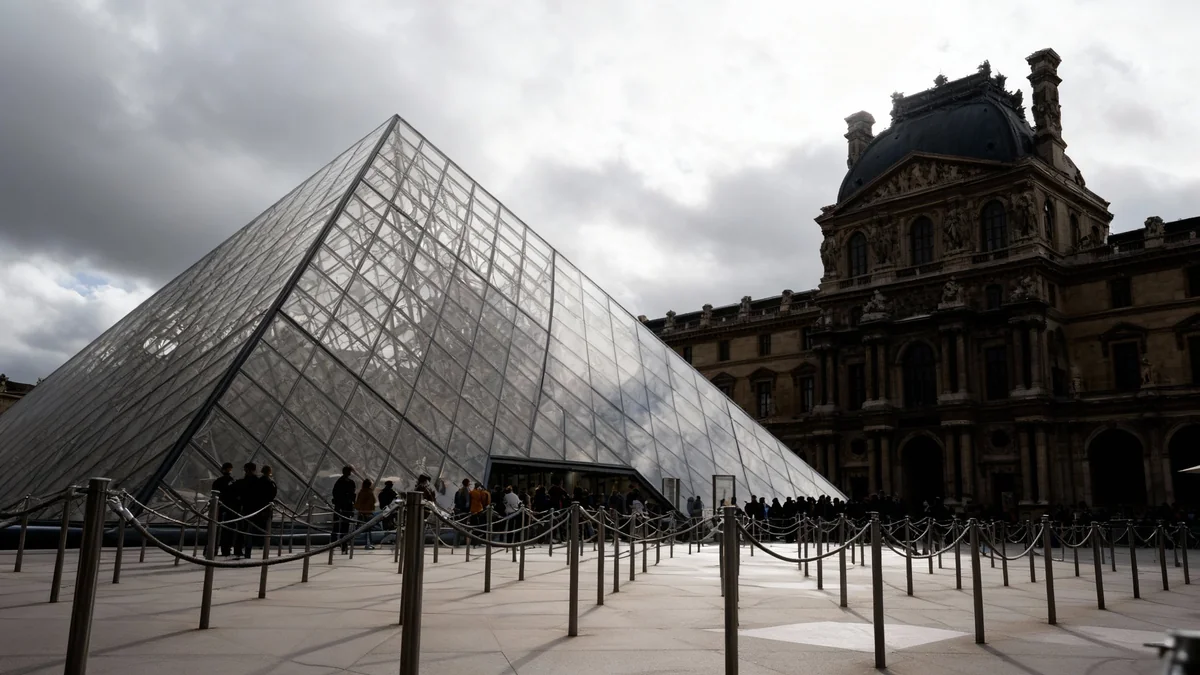Recent events in the art world highlight a growing tension between artistic expression and political pressure, leading some artists to withdraw from major institutions while others seek alternative platforms for their work. A notable incident involved artist Amy Sherald, who canceled her entire exhibition at the Smithsonian-run National Portrait Gallery after facing potential censorship.
This development coincides with observations from market analysts who note a shift in collector preferences away from politically charged art. As institutional and commercial landscapes change, artists are finding new ways to engage with social issues, often outside of traditional galleries and museums.
Key Takeaways
- Artist Amy Sherald withdrew her solo exhibition from the National Portrait Gallery over concerns of censorship involving her painting Trans Forming Liberty.
- The White House previously urged the Smithsonian to review its content to align with a vision of “American exceptionalism,” leading the institution to form a review team.
- Market experts report a trend of collectors moving away from art focused on identity politics, favoring more traditional or aesthetically pleasing works.
- Some artists, like Judith de Leeuw and Anish Kapoor, are using public spaces and activism to display politically motivated art, bypassing conventional venues.
Institutional Pressure Leads to Artist Withdrawal
A significant conflict between a major cultural institution and a prominent artist unfolded in Washington, D.C. Amy Sherald, known for her official portrait of former First Lady Michelle Obama, canceled her scheduled solo show at the National Portrait Gallery in September.
The decision came after the museum reportedly considered removing one specific painting, Trans Forming Liberty (2024), from the exhibition. The artwork depicts a transgender person in the pose of the Statue of Liberty. Sherald was informed of this possibility in July and subsequently decided to pull the entire show.
In a letter to Lonnie G. Bunch III, the secretary of the Smithsonian Institution, Sherald explained her reasoning. She stated that she believed the institution was committed to showing the “full, complex truth of American life” but felt that current “conditions no longer support the integrity of the work as conceived.”
Background on the Smithsonian Review
The situation with Sherald's exhibition followed a statement from the White House in August criticizing certain cultural initiatives at the federally funded Smithsonian. The statement suggested that the institution's museums should make “content corrections” to better reflect “American exceptionalism.” In response, the Smithsonian announced on September 3 that it would create a team to review its collections and presentations.
Sherald is a well-established artist whose work has achieved significant commercial success, with paintings selling for as much as $4.2 million at auction. Her canceled exhibition will now be shown at the Baltimore Museum of Art instead.
Public Art as a Form of Protest
While some artists navigate institutional challenges, others are taking their messages directly to the public. In Roubaix, a city in northern France, Dutch street artist Judith de Leeuw unveiled a massive mural with a powerful political statement.
On July 4, she completed a 42-meter-high mural of the Statue of Liberty covering its eyes. De Leeuw explained the piece was a response to what she sees as growing injustice toward migrants globally. She chose Roubaix because it is the poorest city in France and has the largest migrant population.
“The connection to the Statue of Liberty, originally a gift from France, made it even more meaningful,” de Leeuw stated.
The artist posted drone footage of the mural on her Instagram account, which quickly gained widespread attention. According to reports, the post received more than 34 million views by mid-August, sparking a wide range of public comments and discussions online.
Market Trends and Collector Behavior
Beyond institutional politics, the commercial art market is also experiencing a potential shift. Some experts suggest that ultra-wealthy collectors are rethinking their acquisition strategies in the current geopolitical climate.
Ralph DeLuca, a New York-based art adviser, wrote in Cultured magazine in August that the market's recent focus on identity politics may be waning. “Over the past decade, the market leaned heavily into identity politics,” DeLuca wrote. “Today, I’m sensing a pullback.”
According to DeLuca, collectors may be moving toward works that are considered classics, demonstrate technical skill, or are simply beautiful, rather than those that “make a statement.”
This trend could influence the type of art showcased at major international fairs. Art Basel, a leading fair brand, holds events in locations such as Hong Kong and Qatar, which operate under different political systems. Observers suggest that art that is visually appealing and politically neutral may become more dominant in these commercial spaces.
Activism Beyond the Gallery Walls
Despite market trends, some high-profile artists continue to merge their work with direct activism. In August, artist Anish Kapoor collaborated with Greenpeace on a project in the North Sea. Activists installed a 96-square-meter abstract painting by Kapoor, titled Butchered, onto a working Shell oil rig.
The blood-red artwork was intended as a protest against environmental destruction. Kapoor has been vocal about the role of artists in society.
“We artists aren’t makers of luxury goods,” Kapoor said. “Artists need to take risks and not get stuck in the commercial market. It’s important to have a deep political commentary.”
This act of placing art in an unconventional and challenging environment underscores a different path for artists who want their work to carry a strong political message without being filtered through the commercial gallery system.
The Future of Political Art
The current landscape raises questions about where art with complex social and political themes can thrive. British writer Dean Kissick, in a Harper’s Magazine article titled “The Painted Protest,” argued that the idea of commercial art objects serving as effective political protest is “completely exhausted.”
Kissick suggests there is little appetite for radical new ideas from the market, institutions, or critics. This has led to a moment of uncertainty in the contemporary art world.
The Italian philosopher Antonio Gramsci described such a period as an “interregnum,” a time when “the old is dying and the new cannot be born.” As political and social conditions continue to evolve, the art world may be entering a similar phase, where the value and purpose of political art are being fundamentally reconsidered by artists, collectors, and institutions alike.
